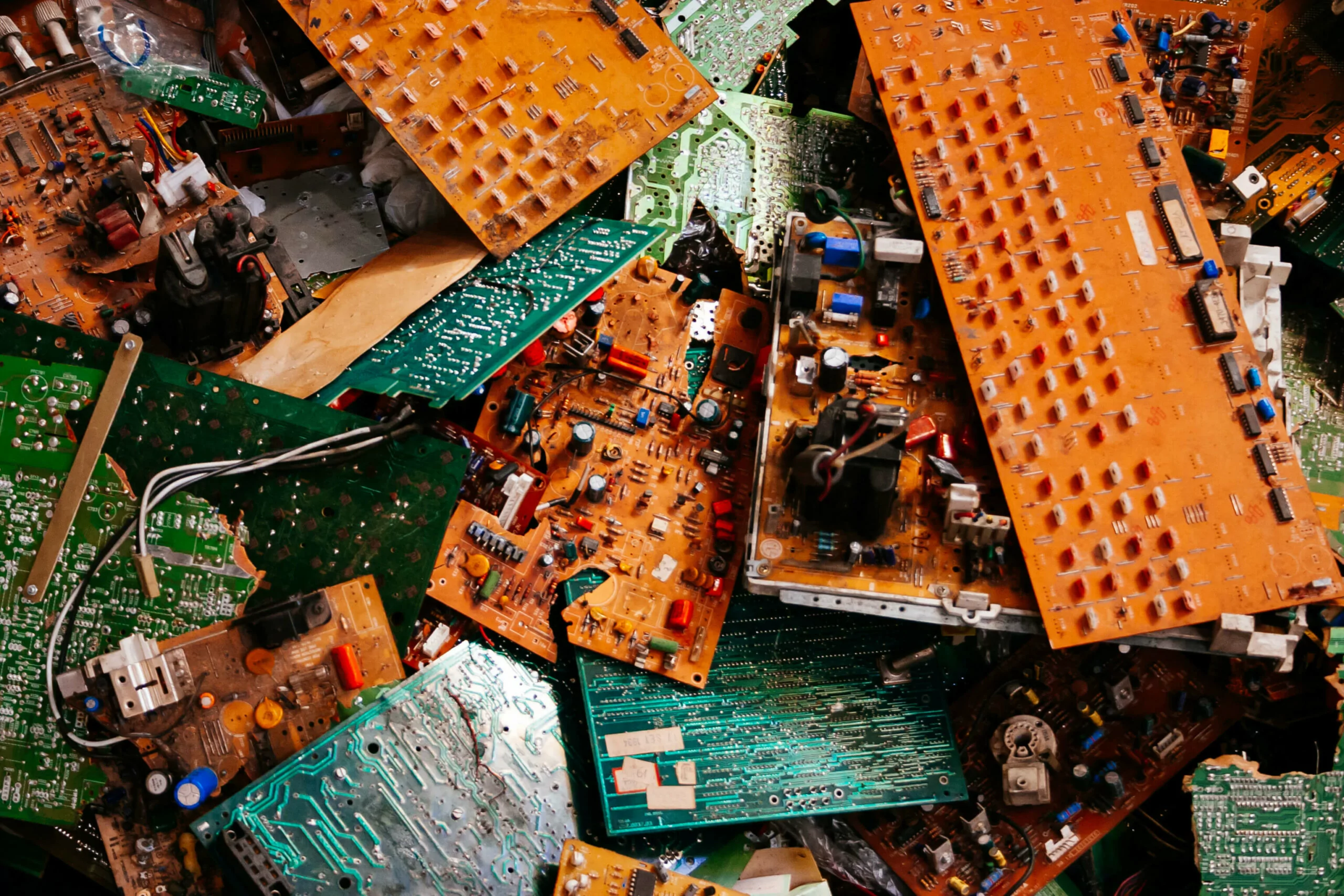In the realm of Waste Electrical and Electronic Equipment (WEEE) compliance, one of the burgeoning concerns revolves around circular battery compliance. As electronic devices continue to permeate our daily lives, the proper management of batteries within these devices becomes paramount. Here, we delve into the challenges faced and potential solutions in ensuring circular battery compliance.
- Regulatory Landscape
The regulatory landscape governing battery disposal and recycling varies across regions, posing a challenge for manufacturers operating on a global scale. Compliance with diverse sets of regulations demands meticulous attention to detail and substantial resources.
Solution: Establishing robust internal compliance protocols that encompass the most stringent regulations worldwide can streamline the process. Collaborating with industry associations and regulatory bodies can also provide valuable insights into evolving compliance requirements.
- Collection and Recycling Infrastructure
Efficient collection and recycling infrastructure are essential for the successful implementation of circular battery compliance. Inadequate infrastructure can lead to improper disposal, exacerbating environmental concerns and undermining compliance efforts.
Solution: Investing in the development of collection and recycling infrastructure, including designated drop-off points and specialized recycling facilities, can facilitate proper battery disposal. Public awareness campaigns can also encourage individuals to participate in battery recycling initiatives.
- Supply Chain Traceability
Ensuring the traceability of batteries throughout the supply chain presents a significant challenge, particularly in complex global supply chains. Without clear visibility into the origins and destinations of batteries, compliance becomes a daunting task.
Solution: Implementing blockchain technology or other traceability solutions can enhance supply chain transparency, enabling manufacturers to track batteries from production to disposal accurately. Collaboration with suppliers to establish standardized tracking procedures can further streamline traceability efforts.
- Technological Innovation
Advancements in battery technology introduce new challenges for circular battery compliance. The proliferation of lithium-ion batteries, for example, necessitates specialized recycling processes to recover valuable materials effectively.
Solution: Investing in research and development to improve battery recycling technologies can facilitate the sustainable recovery of materials from diverse battery types. Collaboration with academic institutions and industry partners can accelerate the development and adoption of innovative recycling solutions.
- Consumer Education
Lack of awareness among consumers regarding the importance of proper battery disposal poses a significant obstacle to circular battery compliance. Many individuals are unaware of the environmental and safety hazards associated with improper battery disposal.
Solution: Launching educational campaigns to raise awareness about the importance of battery recycling and the proper disposal methods can empower consumers to make environmentally responsible choices. Providing easily accessible information on recycling options and their benefits can encourage widespread participation in battery recycling initiatives.
In conclusion, achieving circular battery compliance requires concerted efforts from manufacturers, regulatory bodies, and consumers alike. By addressing key challenges and implementing innovative solutions, we can move closer to a sustainable future where batteries are recycled responsibly, minimizing environmental impact and maximizing resource efficiency.






